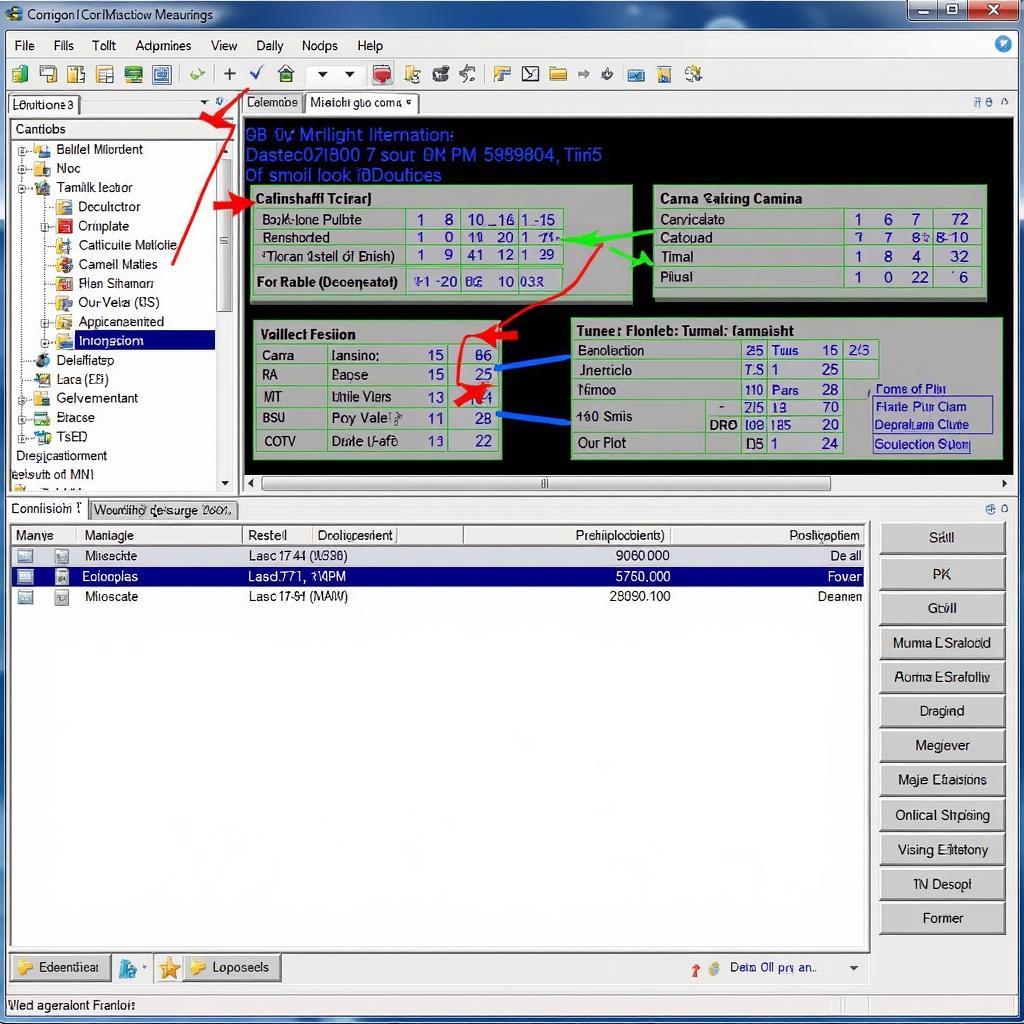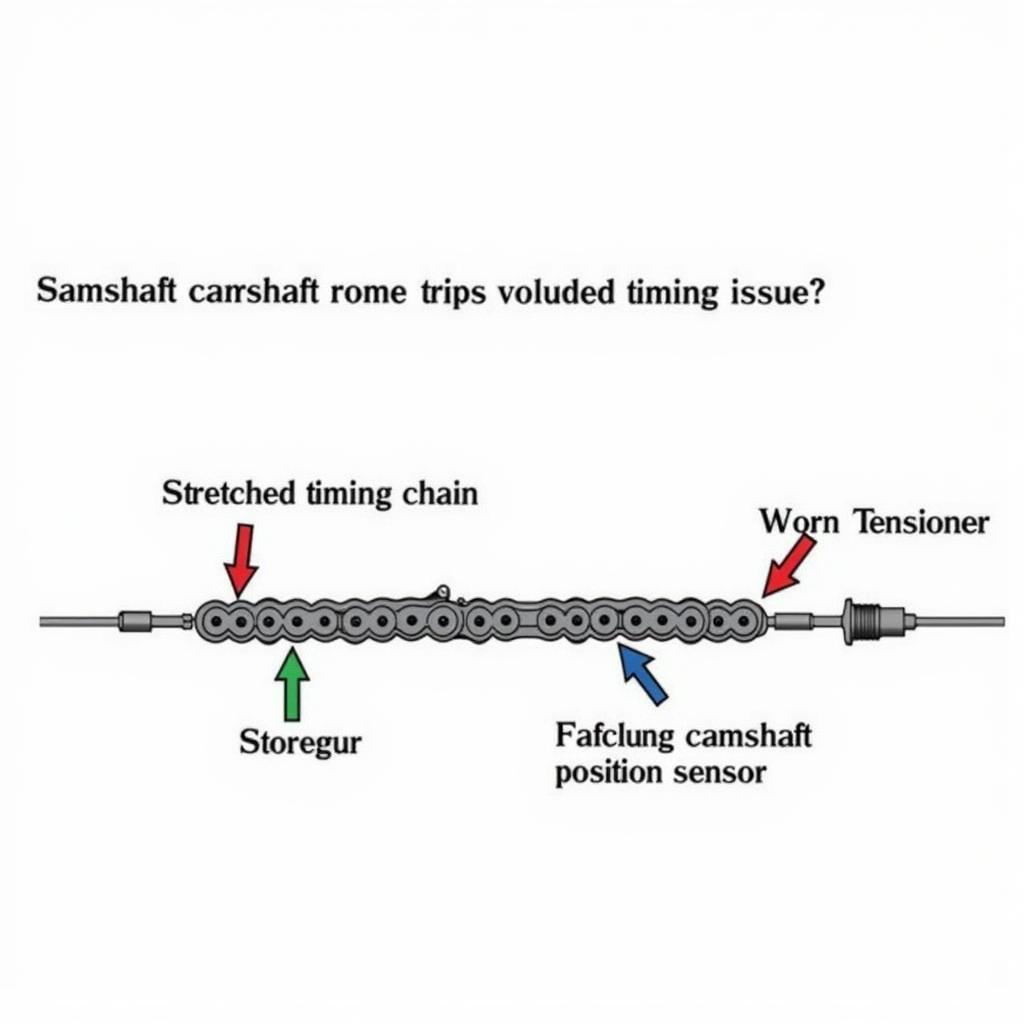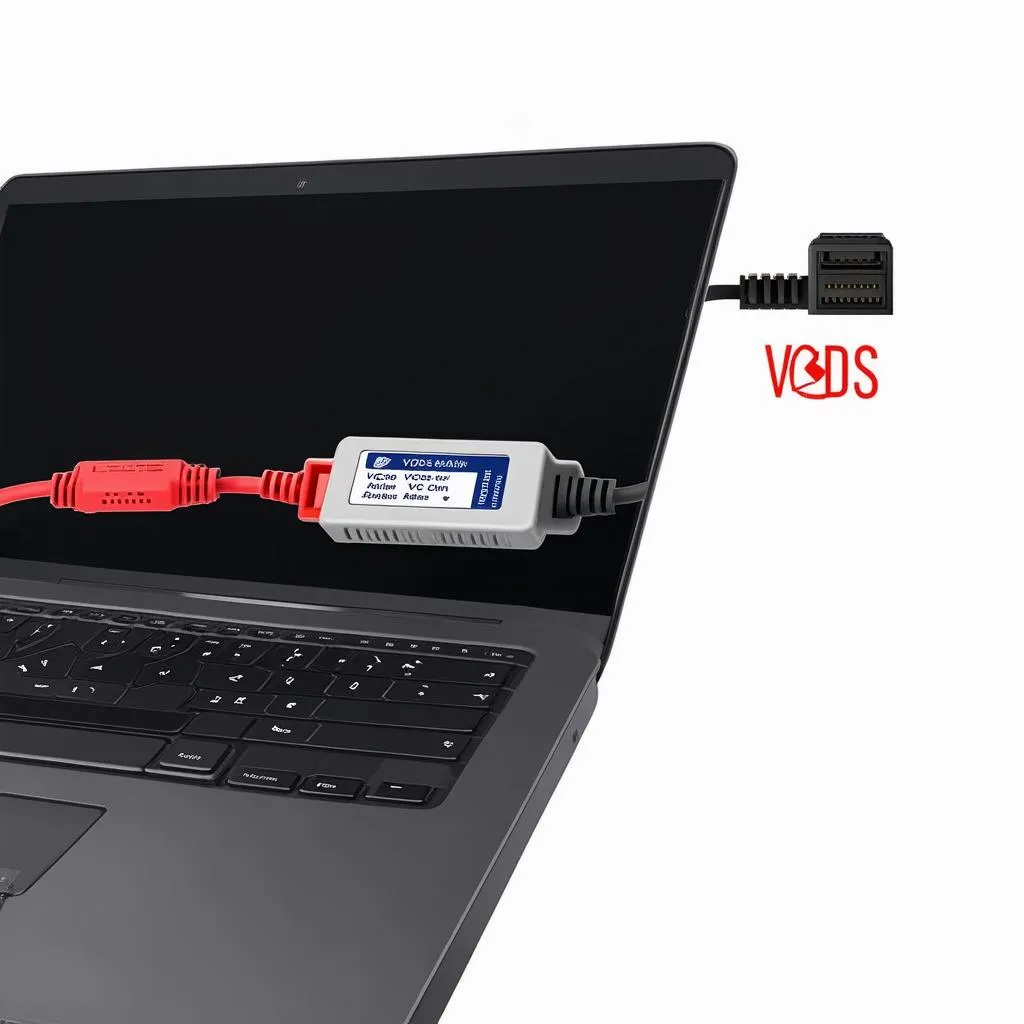VCDS camshaft adjustment is a critical aspect of maintaining optimal engine performance in many Volkswagen, Audi, Seat, and Skoda vehicles. This process involves using the VCDS (VAG-COM Diagnostic System) software to fine-tune the camshaft timing, ensuring smooth running, efficient fuel consumption, and reduced emissions. This guide will delve into the details of VCDS camshaft adjustment, exploring its benefits, procedures, common issues, and troubleshooting techniques.
Understanding the nuances of camshaft timing is essential for both professional mechanics and DIY enthusiasts. Incorrect camshaft timing can lead to a variety of problems, ranging from rough idling and reduced power to serious engine damage. Using VCDS, you can accurately diagnose and correct these issues, saving yourself time and money in the long run.
What is VCDS Camshaft Adjustment?
VCDS camshaft adjustment refers to the process of using the VCDS software to modify the timing of the camshaft(s) in relation to the crankshaft. This allows for precise control over valve timing, optimizing the engine’s performance across different RPM ranges. The adjustment is made by altering the signal sent to the camshaft position sensor, which in turn adjusts the timing of the camshaft actuator. This process requires a thorough understanding of the specific engine and its timing requirements.
Why is VCDS Camshaft Adjustment Important?
Proper camshaft timing is crucial for several reasons:
- Improved Performance: Optimized timing maximizes power output and torque, leading to a more responsive and enjoyable driving experience.
- Fuel Efficiency: Precise valve timing ensures that the engine burns fuel efficiently, resulting in better fuel economy.
- Reduced Emissions: Correct timing contributes to cleaner combustion, minimizing harmful emissions.
- Smooth Idling: A well-adjusted camshaft contributes to a smooth and stable idle.
- Preventing Engine Damage: Incorrect timing can lead to valve-piston contact, causing catastrophic engine damage.
How to Perform a VCDS Camshaft Adjustment
Performing a VCDS camshaft adjustment requires careful attention to detail and a good understanding of the software. Here’s a general overview of the process:
- Connect VCDS to the OBD-II port: Ensure the ignition is on but the engine is not running.
- Select the correct control module: Navigate to the engine control module within the VCDS software.
- Access the measuring blocks: Locate the measuring blocks related to camshaft timing.
- Interpret the data: Analyze the displayed values to determine if adjustments are needed. Compare these values to the manufacturer’s specifications.
- Make adjustments (if necessary): Use the adaptation channels within VCDS to fine-tune the camshaft timing. Make small adjustments and re-check the measuring blocks after each adjustment.
- Clear fault codes: After completing the adjustment, clear any fault codes related to camshaft timing.
 VCDS Camshaft Adjustment Measuring Blocks
VCDS Camshaft Adjustment Measuring Blocks
Common Issues and Troubleshooting
- Incorrect Timing Values: Double-check the manufacturer’s specifications and ensure the correct measuring blocks are being used. vcds cam timing offers more insights on this topic.
- Fault Codes: Address any fault codes related to camshaft timing before attempting adjustments. You might find vcds camshaft adjustment test helpful.
- Mechanical Issues: Sometimes, mechanical problems, such as a worn timing chain or tensioner, can cause timing issues. These issues must be addressed before attempting a VCDS adjustment.
“Accurate camshaft adjustment is crucial for optimal engine performance,” says John Miller, a certified automotive technician with over 20 years of experience. “Using VCDS allows for precise adjustments and can significantly improve drivability and fuel economy.”
When to Seek Professional Help
While VCDS offers powerful diagnostic and adjustment capabilities, some situations require professional assistance. If you’re unsure about any aspect of the process or encounter persistent issues, it’s best to consult a qualified technician. how to measure timing mk5 jetta vcds offers specific guidance for MK5 Jetta owners.
 VCDS Camshaft Adjustment Troubleshooting
VCDS Camshaft Adjustment Troubleshooting
Conclusion
VCDS camshaft adjustment is a powerful tool for optimizing engine performance and resolving timing-related issues. By understanding the process and following the proper procedures, you can ensure your vehicle runs smoothly and efficiently. However, always exercise caution and consult a professional if needed. Proper VCDS camshaft adjustment is essential for maintaining the health and longevity of your engine. For those looking to adjust their timing, vcds timing adjustment provides additional resources. For free options, consider how to check timing with vcds free verizon.
Need help? Contact us via Whatsapp: +1 (641) 206-8880, Email: CARDIAGTECH[email protected] or visit us at 276 Reock St, City of Orange, NJ 07050, United States. Our customer service team is available 24/7.

